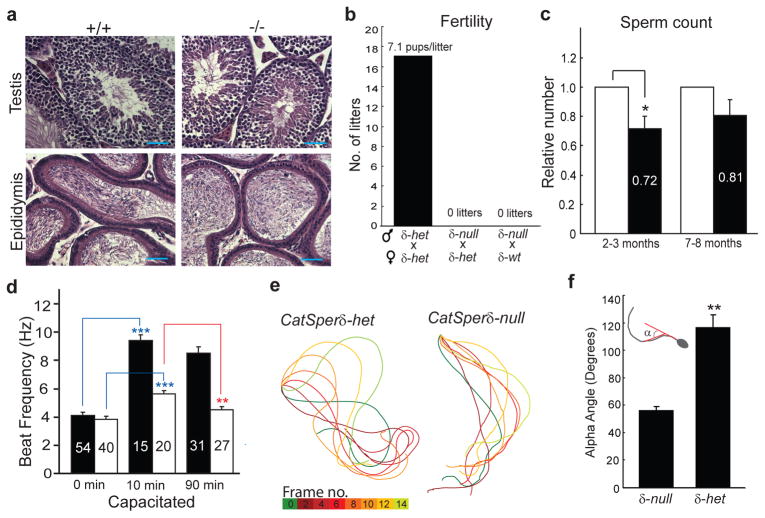Figure 5. CatSperδ-null male mice are infertile and their sperm fail to hyperactivate.
(a) Hematoxylin and eosin staining of the testes (top) and epididymis (bottom) of wt (left) and CatSperδ-null (right) mice. Testis morphology is normal. Scale bar, 50 μm. (b) CatSperδ-null males are infertile. (c) Epididymal sperm count (mean ± SEM) from littermates at ages of 2–3 or 7–8 months of age (6 pairs each). Het (open)-versus null (filled): *P < 0.05, paired two-tailed t-test. (d) Flagellar beat frequency of CatSperδ-het (open) and null sperm (filled). Basal beat frequency immediately after isolation (time 0), beat frequencies of activated (10 min) and hyperactivated (90 min) sperm cells incubated in capacitating media; n = 15–54 tethered sperm cells in 4 independent experiments (unpaired two-tailed t-test, ***P < 0.001, **P < 0.005). (e) Aligned flagellar waveform traces. Sperm cells were examined 90 min after incubation in capacitating conditions to induce hyperactivation. Representative traces of single spermatozoa of CatSperδ-het and CatSperδ-null are shown. CatSperδ-het full beat cycle lasted ~230 ms, during which CatSperδ-null sperm completed two beat cycles. (f) Measurement of bending angle. Capacitated het spermatozoa exhibit larger ranges of motion than CatSperδ-null spermatozoa as indicated by the maximum bending angle (inset, α; unpaired two-tailed t-test, **P < 0.005). n=6.

